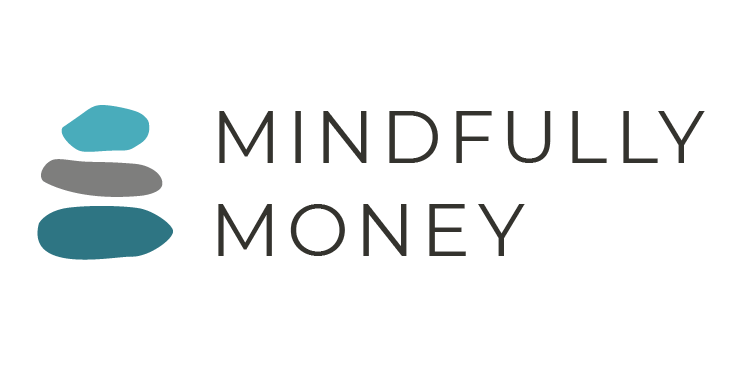Don’t Miss Out on Financial Aid: 7 Things You Need to Know About the FAFSA
Pin for later!
It’s that time of year again where high school seniors are busy applying to colleges while their parents dread finding out how much of their life savings will be required to pay for college. The FAFSA for students starting college NEXT fall (2023) became available on October 1. Since many families are new to the FAFSA and some (mistakenly) skip it all together, it seemed like a good time to make sure everyone is on the same page.
Here are seven things you need to know about the FAFSA and getting financial aid:
FAFSA is the Free Application for Federal Student Aid
In plain English, the FAFSA is the form that you fill out in order to be matched with financial aid from the colleges you or your child hope to attend. Go to studentaid.gov to fill out the application and find all of the information you need about deadlines, how to fill out the form, etc.
2. Fill out the FAFSA starting October 1 of the year before your child starts college
The FAFSA application opened for families with students who will start college in the fall of 2023 on October 1, 2022. It’s a good idea to fill it out as soon as possible because some financial aid is awarded on a first-come, first-served basis, so the earlier you fill it out the better. However, filling it out later doesn’t mean you won’t get any aid. Focus on filling it out as soon as you can, but don’t stress about filling it out the exact moment the application is available. October 1 isn’t the Black Friday of financial aid where only the first 100 customers will get the deal.
It’s far more important to make sure you don’t miss the deadlines.
3. The FAFSA deadline for the 2023-2024 school year is June 30, 2023, but some states and colleges have their own (earlier) deadlines
State deadlines for completing the FAFSA can be found on the studentaid.gov website. You also need to check the financial aid website of every college you apply to in order to find out if there are special deadlines.
4. Once you complete the FAFSA, you’ll receive a Student Aid Report (SAR)
The Student Aid Report is generated using the information you submitted and will tell you your Expected Family Contribution (EFC). This, in turn, determines your financial aid eligibility. Each college will take this number and award a variety of grants, need-based scholarships, and loans to fill the gap between the cost of attendance and the amount your family is expected to pay.
5. Colleges do not necessarily meet 100% of your financial need as determined by the Student Aid Report.
Each individual college has its own way of awarding need-based financial aid and some colleges meet more of a family’s “need” than others. Private colleges and universities tend to meet a higher percentage of need than public universities, in part because they cost more and often have greater resources available.
It’s important to go to each college’s website and use their Net Price Calculator to attempt to find ones that meet more financial need.
6. EVERYONE should fill out the FAFSA
Many people believe that they make too much money to get any financial aid, but that may or may not be true. Some families who think they are ineligible might still get need-based aid, especially if they apply early. In addition, the FAFSA gives you access to merit aid that is not linked to your financial situation.
To understand this, you need to know that there are actually two types of financial aid. Need-based aid is awarded based on how much the FAFSA formulas say your family can pay for college. Merit aid (sometimes called gift aid) is awarded at the discretion of colleges to entice top students to attend their school.
Although merit aid is not awarded based on financial need, many colleges do require you to complete the FAFSA to get it. Do not make the mistake of skipping the FAFSA just because you think you’ll be ineligible for need-based financial aid.
7. Financial aid is more than loans
Student Loan Hero recently surveyed college students and found that the vast majority of them didn’t know that the FAFSA can help you get free financial aid, such as grants and work-study, in addition to loans. And, as mentioned previously, the FAFSA can provide access to merit scholarships.
It’s also important to know that you don’t have to take the loans just because they’re listed on your financial aid offer. Make sure you limit loans to a reasonable amount: the total amount of loans shouldn’t be more than your anticipated salary upon graduation. It’s generally a good idea to limit your borrowing to any Federal Direct Subsidized and Unsubsidized loans offered to students.
Paying for College the Smart Way
When it comes to affording college, using a smart shopping strategy makes a huge difference. Many people are familiar with the strategy of starting with community college, but that’s not the only option. By searching for colleges that tend to offer more financial aid and where your student is in the top 25% of incoming students, you can maximize your chances of getting the most need-based aid and merit aid.
Learn more about paying for college with my free guide: 10 Paying for College Myths






